Optimal Timing for Epoxy Resurfacing
Epoxy resurfacings are most effective when performed under optimal environmental conditions. Proper timing ensures the epoxy bonds well, cures correctly, and provides long-lasting results. Factors such as temperature, humidity, and surface preparation play crucial roles in the success of an epoxy resurfacing project.
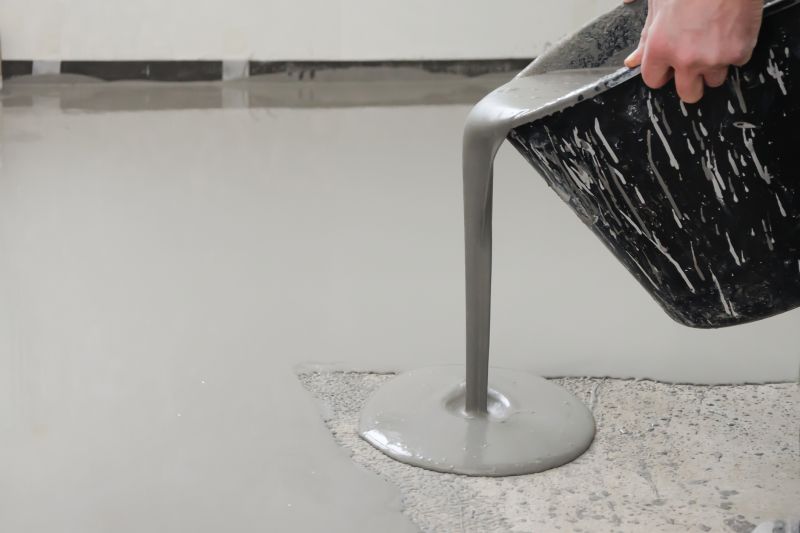
The best temperature for epoxy resurfacings is typically between 60°F and 85°F, ensuring proper curing and adhesion.
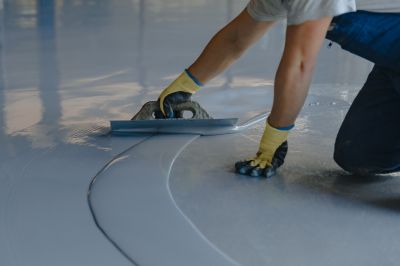
Low humidity levels, ideally below 70%, prevent moisture issues that can compromise epoxy bonds.
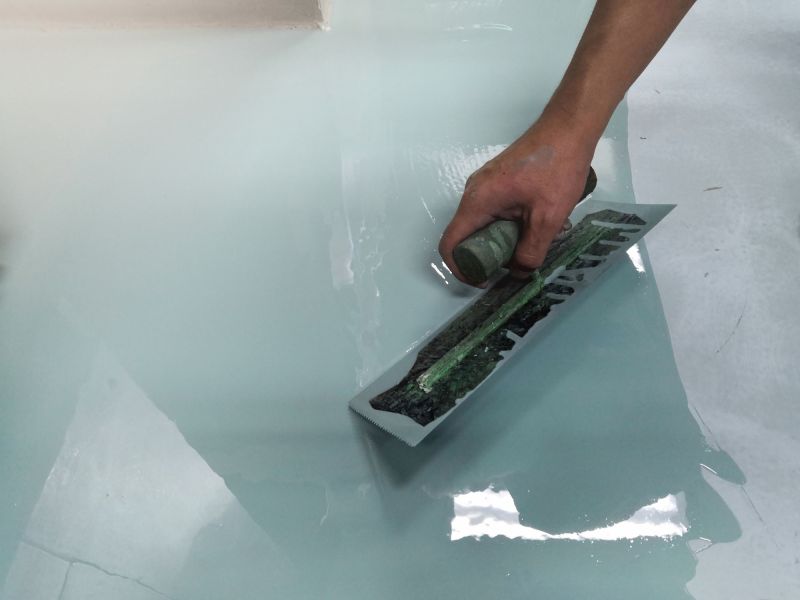
Scheduling surface preparation during dry weather ensures a clean, dry substrate for epoxy application.
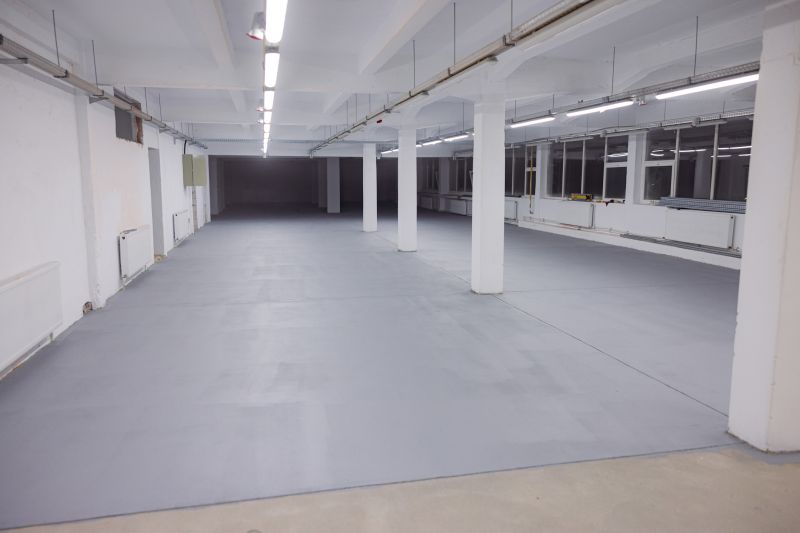
Ways to make Epoxy Resurfacings work in tight or awkward layouts.

Popular materials for Epoxy Resurfacings and why they hold up over time.
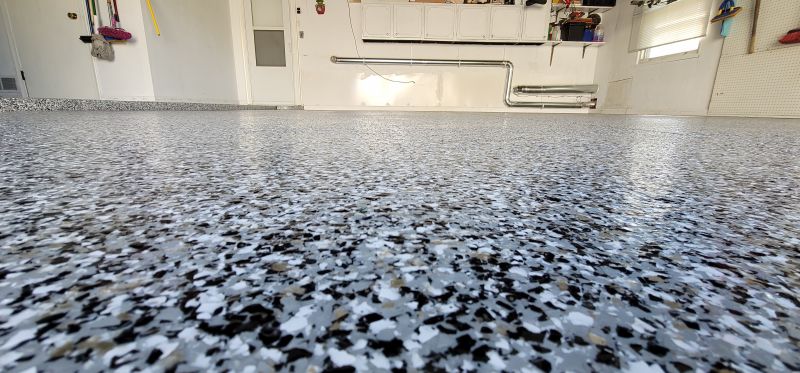
Simple add-ons that improve Epoxy Resurfacings without blowing the budget.
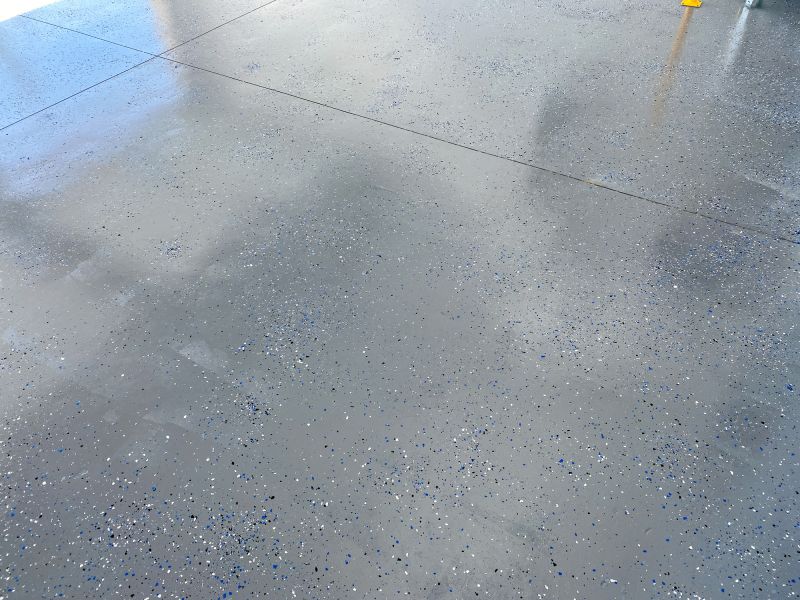
High-end options that actually feel worth it for Epoxy Resurfacings.
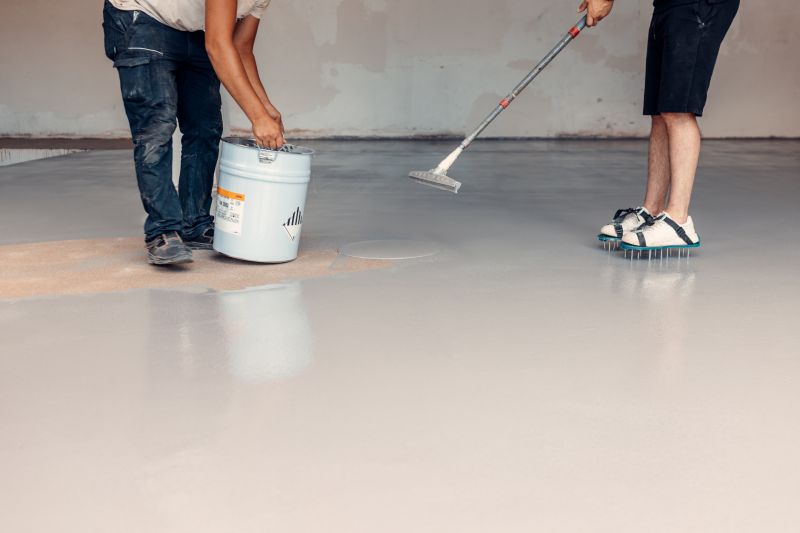
Finishes and colors that play nicely with Epoxy Resurfacings.
Epoxy resurfacings are a durable solution for restoring and enhancing concrete surfaces. They provide a seamless, high-gloss finish that resists stains, chemicals, and wear. Proper timing and conditions are essential to maximize the lifespan and appearance of epoxy coatings. Studies indicate that applying epoxy in suitable weather conditions can extend its durability by up to 30%, reducing maintenance costs over time.

Spring and summer months often provide the most favorable conditions for epoxy resurfacings.
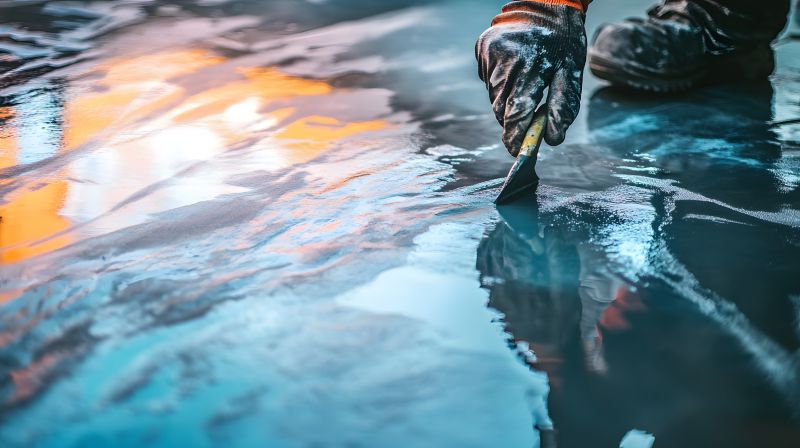
Applying epoxy in temperatures below 50°F can lead to improper curing and adhesion issues.
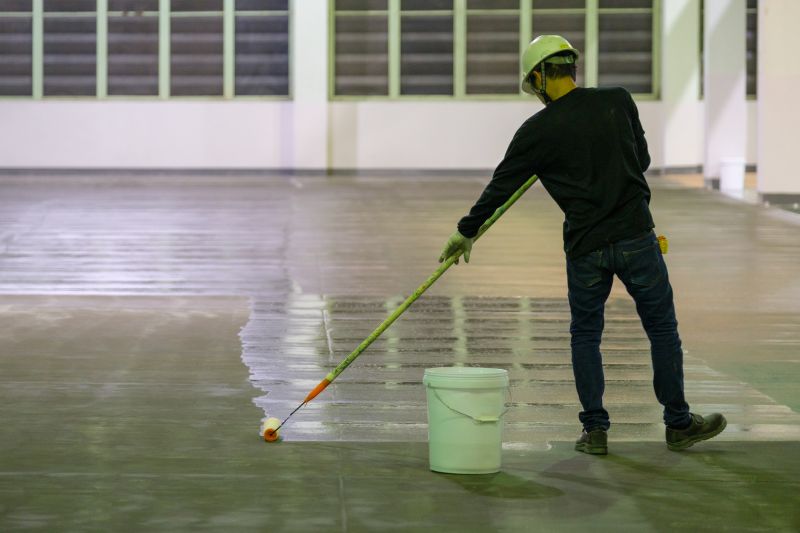
Planning projects around dry, stable weather conditions minimizes risks of moisture and temperature fluctuations.
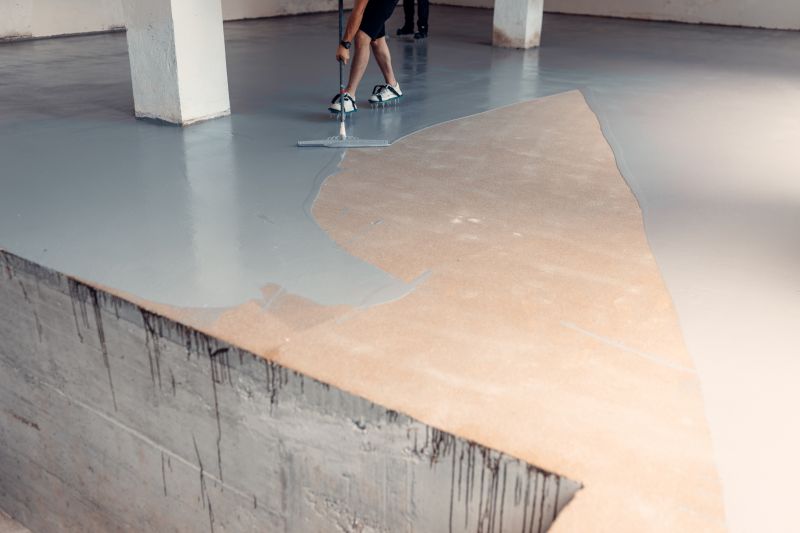
Surface cleaning and repair should precede epoxy application during dry, mild weather periods.
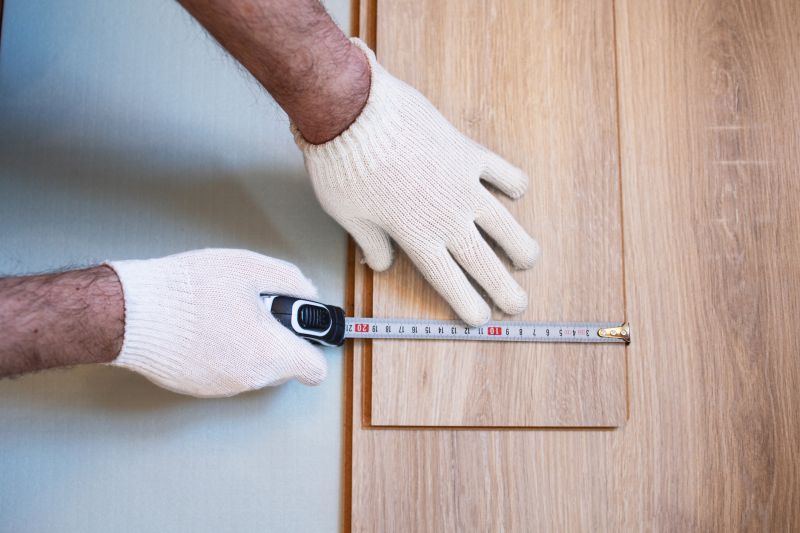
Little measurements that prevent headaches on Epoxy Resurfacings day.
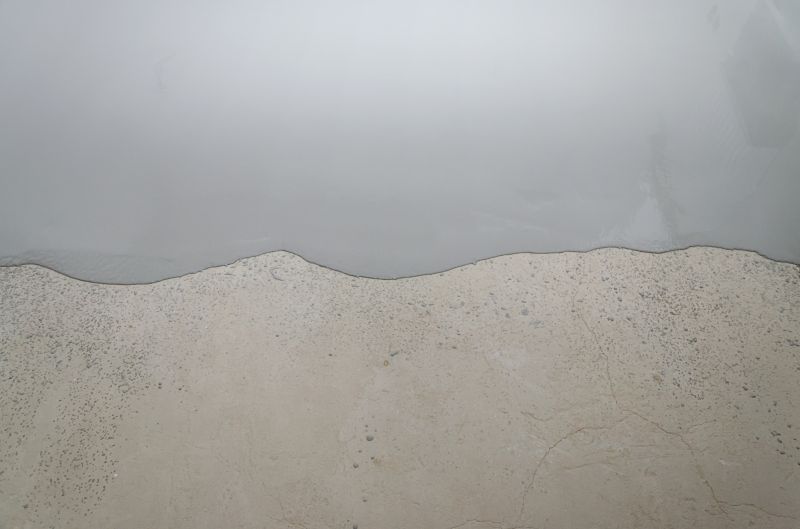
A 60-second routine that keeps Epoxy Resurfacings looking new.
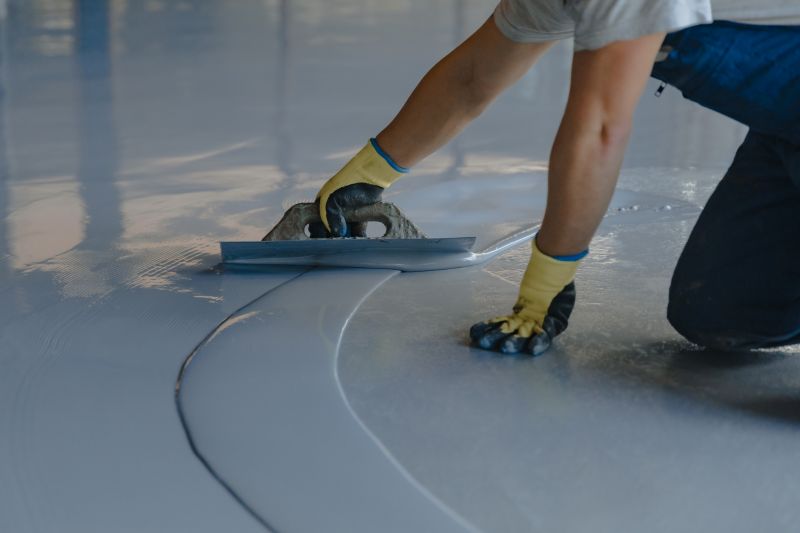
A frequent mistake in Epoxy Resurfacings and how to dodge it.
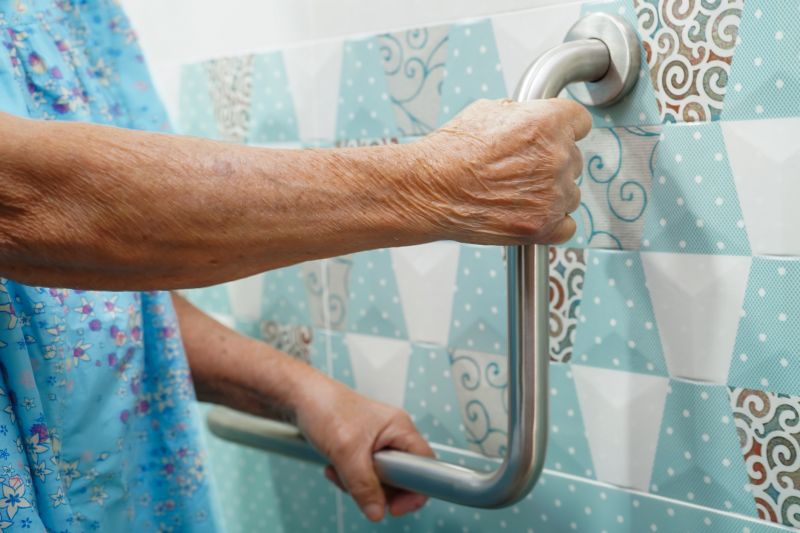
Small tweaks to make Epoxy Resurfacings safer and easier to use.
| Season | Recommended Conditions |
|---|---|
| Spring | Moderate temperatures, low humidity, dry conditions |
| Summer | Warm temperatures, low humidity, minimal rain |
| Fall | Mild temperatures, dry weather, avoid early frosts |
| Winter | Not recommended unless climate is mild and controlled environment |
Scheduling epoxy resurfacings during periods with stable weather conditions ensures optimal curing and adhesion. It is advisable to avoid projects during periods of high humidity, rain, or extreme cold, as these factors can compromise the integrity of the epoxy coating. Proper planning and monitoring weather forecasts contribute to successful application and longevity of the resurfacing.
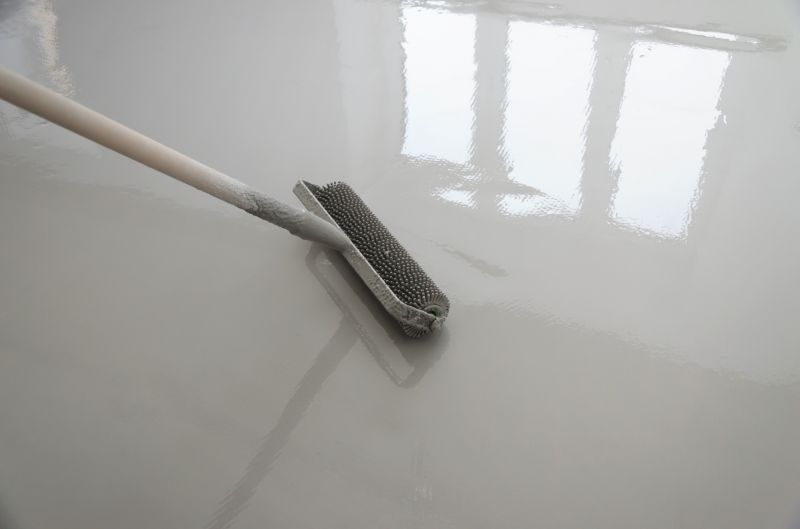
Ideal for epoxy application due to warm, dry conditions.

Suitable when temperatures are mild and weather is stable.

Cold temperatures and moisture can hinder curing and adhesion.
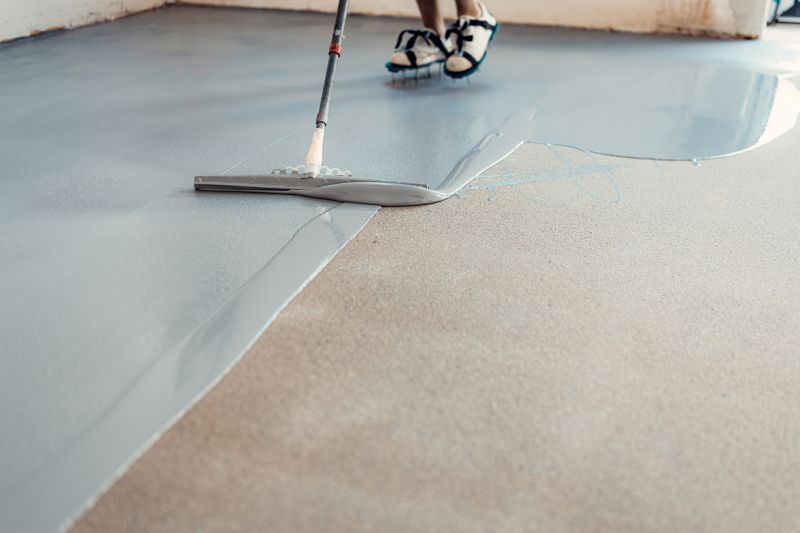
Ensure no rain or frost forecasted during application and curing periods.
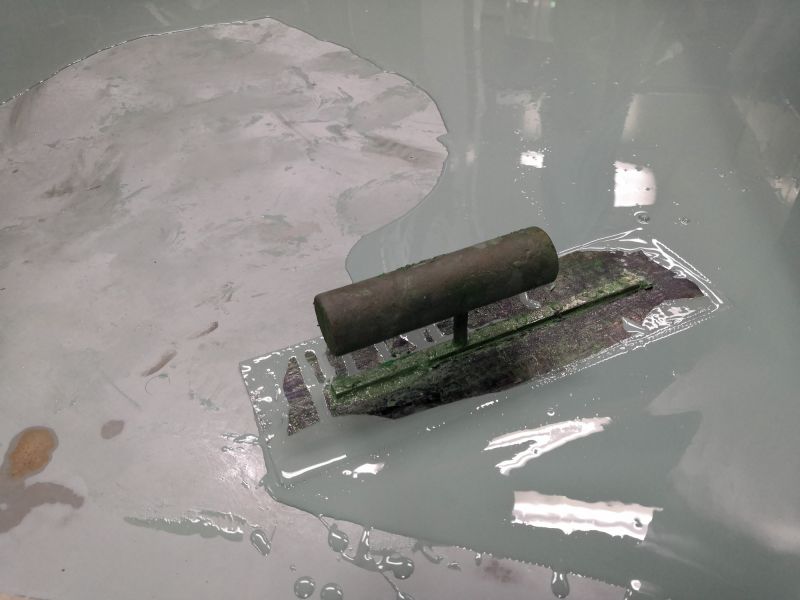
Lower-waste or water-saving choices for Epoxy Resurfacings.
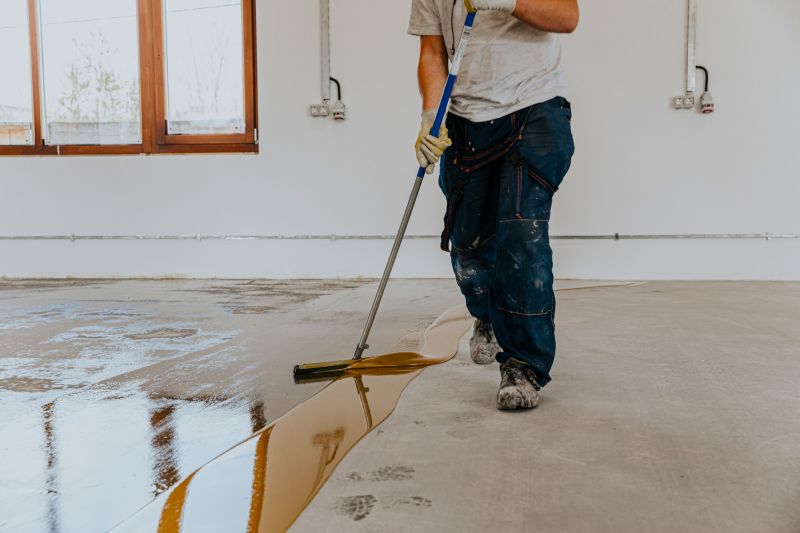
The short, realistic tool list for quality Epoxy Resurfacings.
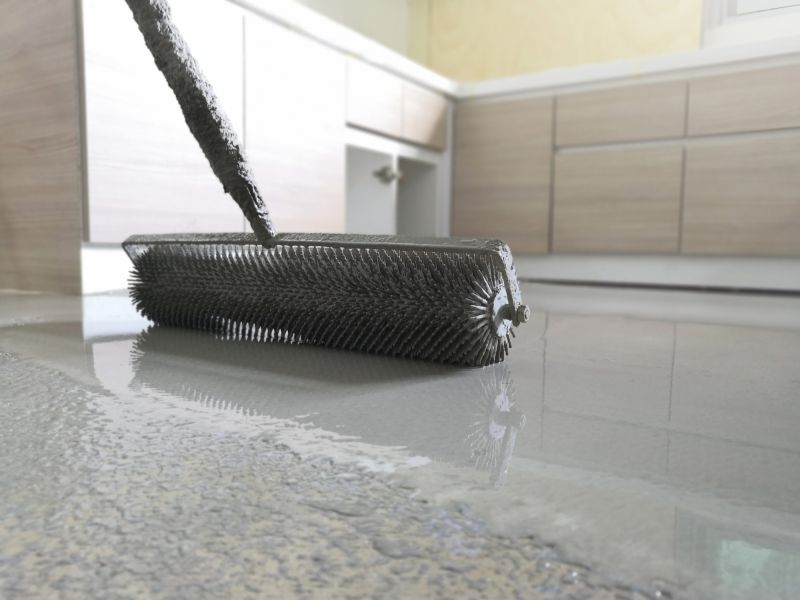
Rough timing from prep to clean-up for Epoxy Resurfacings.
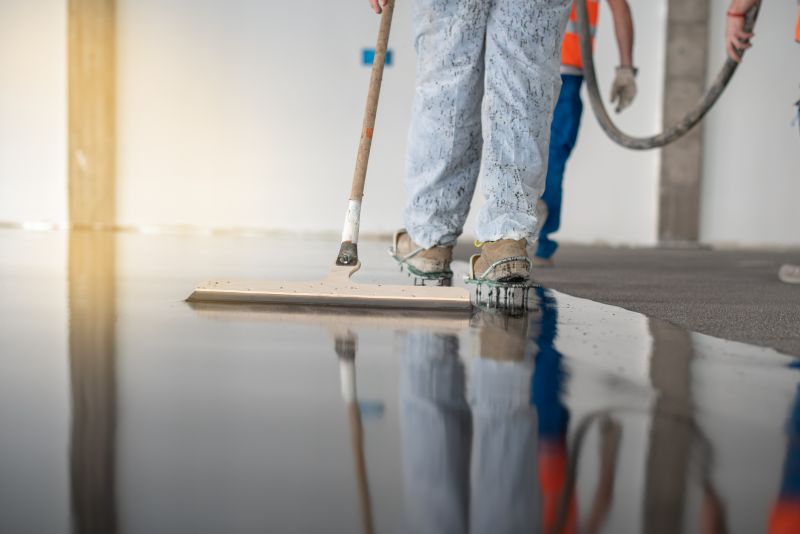
Quick checks and paperwork to keep after Epoxy Resurfacings.
Choosing the right time for epoxy resurfacings maximizes durability and appearance. Proper environmental conditions during application prevent common issues such as bubbling, improper curing, or delamination. Consulting local weather patterns and planning accordingly are key steps in ensuring a successful project.
Assess local climate to determine optimal periods for epoxy resurfacing.
Dry weather minimizes moisture-related curing issues.
Extreme cold or heat can negatively impact epoxy adhesion and curing.
Coordinate surface preparation and application during favorable weather windows.
Interested in scheduling an epoxy resurfacing project? Filling out the contact form can provide more information and assistance in planning the optimal timing for specific needs.



